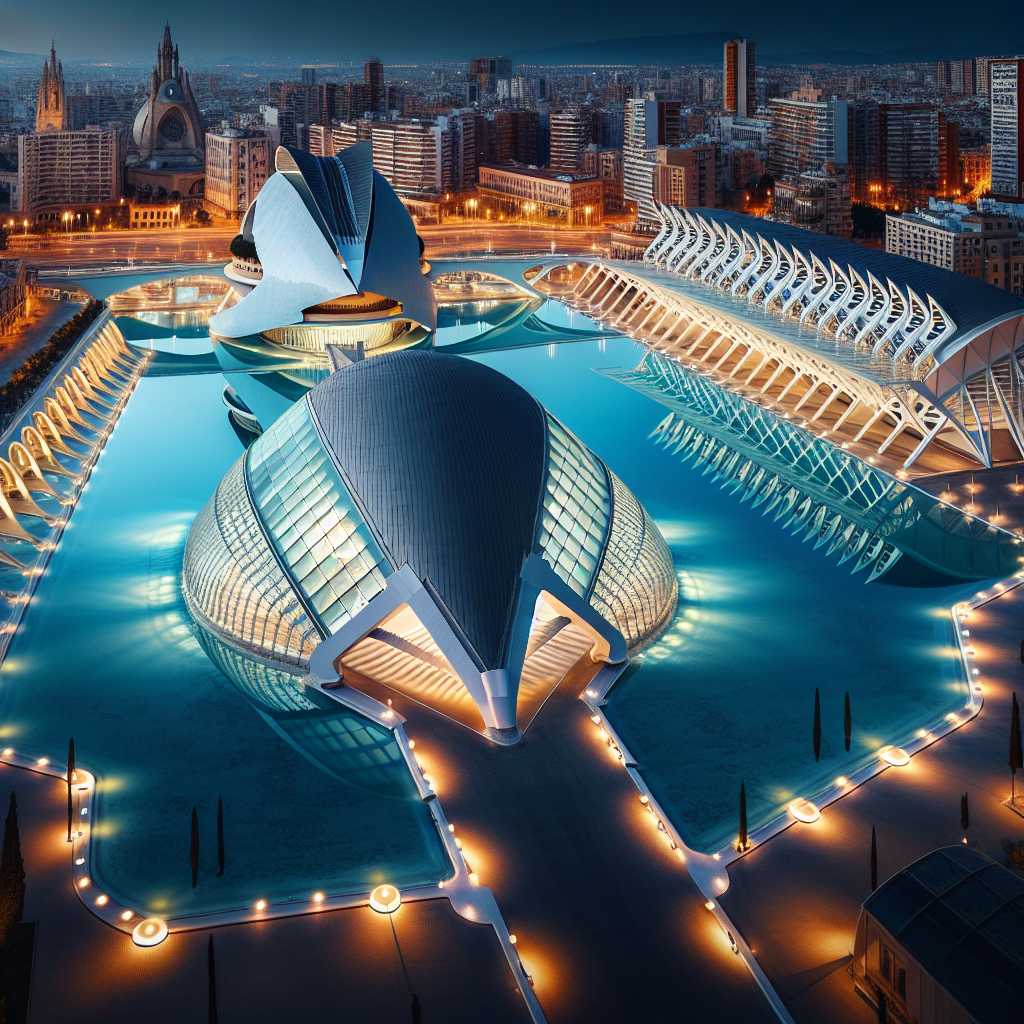Valencia, Spain: A Modern Melting Pot with Timeless Appeal
Spain is home to many iconic cities, each with its own unique charm and cultural heritage. Among them, Valencia stands out as a harmonious blend of historic grandeur and avant-garde innovation. This article will offer a comprehensive view of Valencia, spanning from its cultural and historical significance to its modern advancements and lifestyle.
Historical Context and Cultural Significance
Early History: From Roman Foundations to Arab Influence
Valencia has a history that stretches back over 2,000 years. Founded by the Romans and later inhabited by the Visigoths and the Moors, the city showcases a tapestry of cultural influences in its architecture, art, and cultural practices. After the Christian reconquest in the 13th century, it burgeoned into an important Mediterranean trading port.
Medieval Prosperity and Renaissance Flourishing
The late Middle Ages and Renaissance marked periods of prosperity for Valencia, reflected in its art and architecture. Notably, the Silk Exchange (La Lonja de la Seda), a UNESCO World Heritage Site, symbolizes the economic power Valencia held during these times and remains one of the finest examples of Gothic civil architecture in Europe.
Modern Development and Sociocultural Identity
In recent centuries, Valencia continued to evolve, with expansions in the 19th and early 20th centuries leading to the emergence of modernist architecture. The city’s dynamic sociocultural identity honors both its history and contemporary life — notably including celebrations like ‘Las Fallas’, a unique festival imbued with creativity and fiery spectacle every March.
Geographical Features and Climate
The Mediterranean Coastline: Beaches and Maritime Life
Valencia is nestled on Spain’s eastern coast along the azure waters of the Mediterranean Sea. Its coastal line boasts both urban and pristine beaches, popular for their fine sand, sunny climate, and recreational harbor facilities.
The Turia Riverbed Garden: An Urban Oasis
The Turia River was diverted in the 1950s after a devastating flood; the former riverbed now hosts one of Europe’s largest urban parks. Gardens, sports facilities, and cultural spaces provide residents and visitors a sprawling green space stretching across the city.
Climate: Balmy Winters and Hot Summers
Valencia’s climate is typically Mediterranean: wet, mild winters and hot summers make it an inviting destination year-round. Its weather is especially favorable for various agricultural produce, including Valencia’s famed oranges.
Architecture and Landmarks
Innovative Design: The City of Arts and Sciences
A highlight of modern Valencia is the Ciudad de las Artes y las Ciencias (City of Arts and Sciences), designed by Santiago Calatrava. This futuristic complex houses an opera house, planetarium, science museum, oceanographic park, and more within its eye-catching structures.
Gothic Grandeur: The Cathedral and Historic Edifices
Valencia’s storied past can also be seen in its Gothic architecture — most notably the Valencia Cathedral, which is said to house the Holy Grail. Many other historic buildings adorn the cityscape, each telling a story of Valencia’s bygone eras.
Culinary Delights
Paella Valenciana: A Culinary Symbol
Valencia is synonymous with paella — Spain’s most famous culinary export. Originating here in Valencia means savoring authentic paella made with rice from local fields and combining meats or seafood is a quintessential experience.
The Garden of Spain: Agriculture and Dietary Staples
Thanks to a robust agriculture sector referred to as “the garden of Spain”, Valencians enjoy fresh produce resulting in a cuisine rich in vegetables, fruits, rice dishes, and seafood.
Lifestyle and Festivals
Daily Life: A Balance Between Bustle and Relaxation
Valencia provides residents with a quality life that juggles city vibrancy with laid-back Mediterranean relaxation. There’s an appreciation for life’s slower rhythms here — lunchtime often extends for hours, followed by a siesta.
Festivities Abound: Las Fallas Festival as Parade Example
The sense of revelry is palpable during prolific fiestas like Las Fallas — involving processions, bonfires, fireworks artistry, colorful costumes making it not only visually enthralling but also significant as an immersive encounter with Valencian tradition.
Economy and Infrastructure
Commerce and Industry: From Silks to Technology
The city’s once-renowned silk trade has been supplanted by diverse industries like metals manufacturing,, tourism technology startups. Valencia’s sea-port remains one of the busiest in the Mediterranean.
Transportation: Integrating Modern Movements
Efficient public transportation integrates subways buses extensive bike paths supporting modern lifestyles sustainable movement around within city limits beyond.
Notes
*Image description*: Overlooking view City Arts Sciences complex brightly lit against night sky futuristic reflection water body forefront contrasted historical cathedral old town dimly illuminated background merging timelines architectural marvels within Valencian urban fabric.
